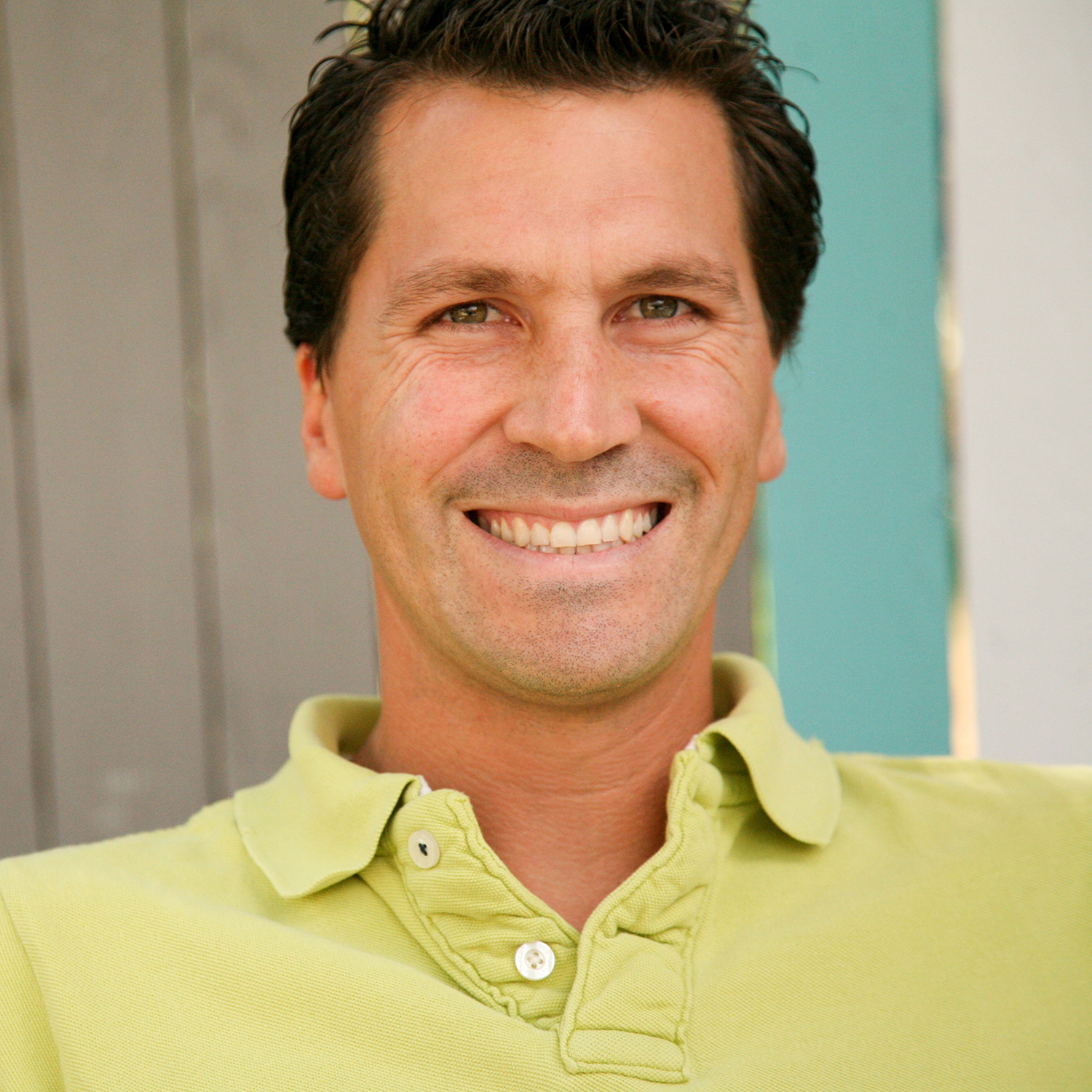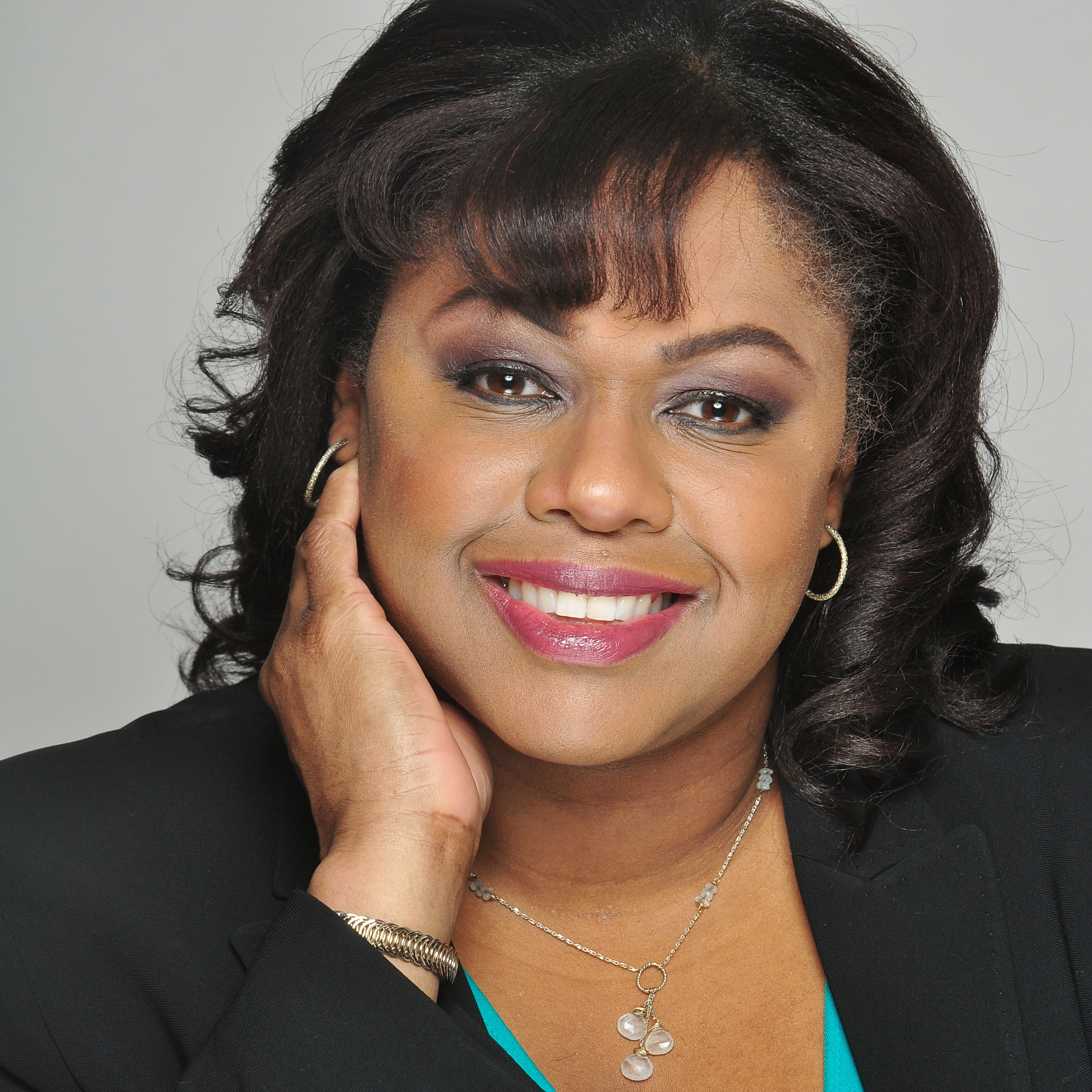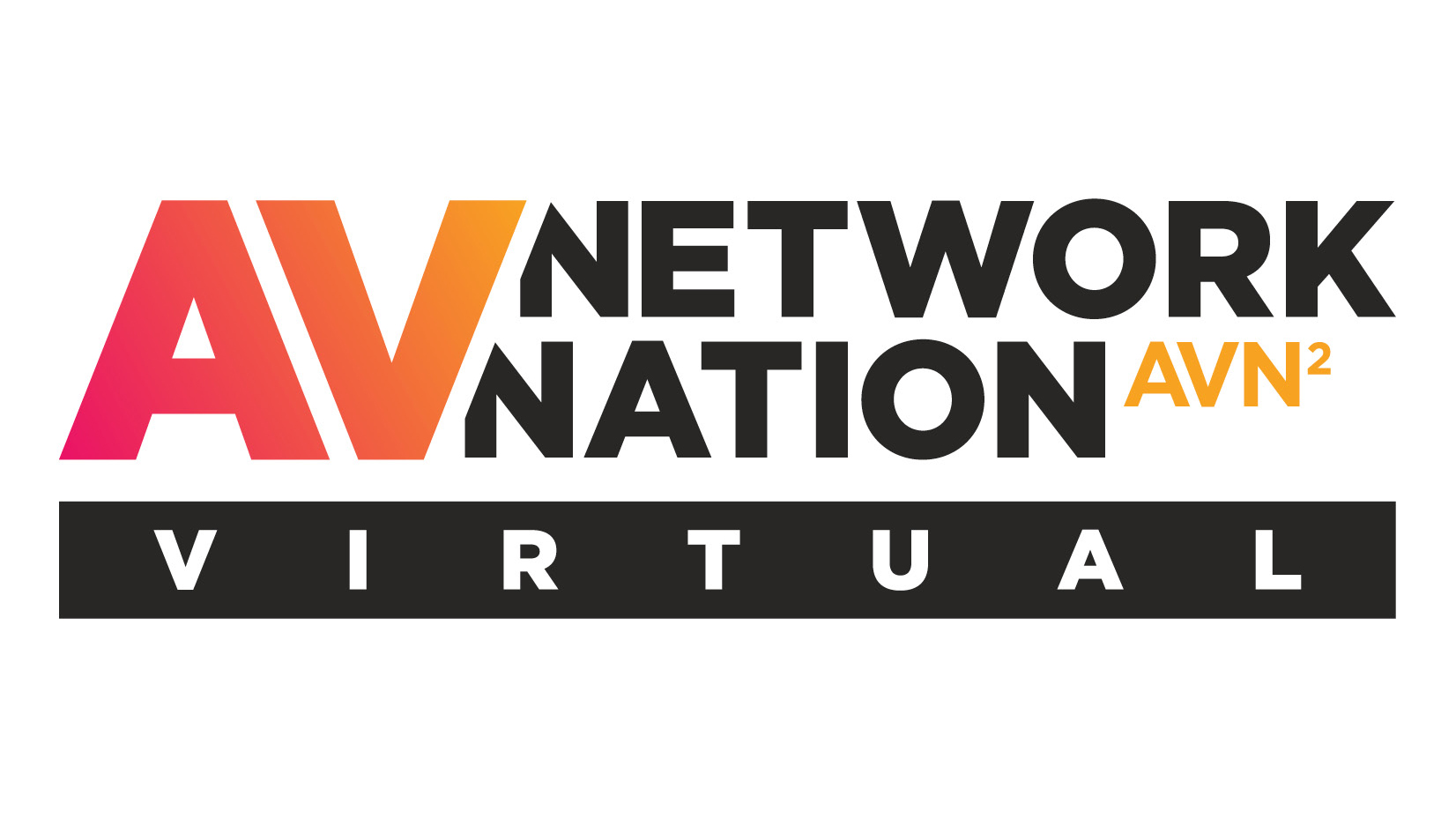Emerging from the Pandemic: Back to Reality
As a horrible year comes to a close, what should we do now to set ourselves up for success and prepare for our eventual return to public spaces? Executives from K2, Planar, 1 Beyond and Verrex discuss what’s important today and what measures will have lasting value post-COVID.
It’s been a very tough year.
Manolo Almagro and Ben Gauthier, hosts of AV Network Nation’s keynote panel “The Future Is Now: Rethink Everything,” were certainly not alone in describing 2020 as a dumpster fire. Challenges brought on by the COVID-19 pandemic and related economic crisis were everywhere and affected nearly everyone both professionally and personally.

There’s been a glimmer of hope in recent days with the approval of a COVID-19 vaccine developed by Pfizer and BioNTech in a nine-month development process that represents a feat of engineering unheard of in medicine. In more good news, another COVID-19 vaccine, this time from Moderna, is expected to be approved for emergency use this week by the U.S. Food and Drug Administration. Vaccinations for healthcare workers began on Monday across the United States, and similar vaccination efforts are taking place around the world.
There has not been a similar measure of economic good tidings this holiday season, though perhaps we should adjust our expectations in light of this horrible year and be thankful things aren’t worse. Economic indicators aren’t rosy, but there are suggestions from AVIXA’s most recent Pro AV Business Index that, at least in the pro AV industry, the economic situation is stable.
With hope on the horizon, with executives beginning to at least entertain the notion of opening stores and offices up again, what should our priorities be? What lessons have we learned during this health crisis that are worth carrying forward with us into the future?
That was the topic of conversation in the panel discussion “Back to Reality: How Pro AV Will Emerge from the Pandemic” on Dec. 10. The discussion took place over Zoom as part of AV Network Nation, a virtual event staged by Systems Contractor News, AV Technology, and AVNation with information, networking, and technology presentations of import to members of the pro AV industry.
Architects, consultants, engineers, and facility managers are all planning for the return to the office, schools, and arenas. Panelists from major manufacturers—Rodrigo Ordóñez (K2), Adam Schmidt (Planar), Rony Sebok (1 Beyond), and Charmaine Torruella (Verrex)—were invited by panel moderator Megan A. Dutta to discuss how we will return to a communal environment safely, and what AV and technology can do to assist in the transition.
A daily selection of features, industry news, and analysis for AV/IT professionals. Sign up below.
Going the Distance
The primary question from Dutta, content director of Systems Contractor News, was this: Of all the measures AV integrators are implementing now to get us back to the office, the stores, and live events, which ones are the fads and which ones are going to persist? Which of our current work practices are short-term solutions for a pandemic that requires social distancing, and which will have longevity post-pandemic?

Rodrigo Ordóñez, a principal at K2, is responsible for the design, specification, programming, and setup of AV systems and advanced networks for clients. He said, “I think it’s hard to predict. There’s definitely a tendency for overreaction in these circumstances because we all want to get back. There are definitely technologies that have been put in place in the short term that I don’t believe are going to be long-term solutions. I hope that we’re all not going to be expected to be taking temperature checks from here to eternity as we walk into the office every day. ... But I think other things are going to be more like lessons learned that just make our life a little better.”
For example, a greater emphasis on comfort and safety and health in environments may have been inspired by COVID, but the emphasis has value going forward.
“Acoustics is an area where we can make a better environment, beyond just COVID accommodations,” Ordóñez continued. “I certainly hope acoustics and better sound, better sightlines so that we can see things better, better layouts of the rooms are going to stay.”
[ AV Network Nation Keynote Addresses the New Tech Landscape, by Matt Pruznick, Dec. 11, 2020 ]

Rony Sebok, vice president of technology at 1 Beyond, agreed. “We’ve been involved with a lot of university classrooms getting equipped for hybrid learning. In the past, you might have just had a lav mic on a professor if you were doing lecture capture, but now that you have remote students wanting to see people in the classroom and actually interacting with their classmates, you now need audio pickup over the students as well, which is something that people may not have anticipated before. ... We’ve all been talking a lot about how architects need to consider video and audio as part of room design, not just how beautiful the lighting is. All of these things that we had to rush to do for COVID are going to have positive long-term impacts.”

Another panelist, Adam Schmidt, executive vice president of sales, marketing, and pro services at Planar, noted, “I’m struck that some of these things, they’re good ideas with or without COVID. COVID has really exposed weaknesses and opportunities all over the place. This—better directional audio, the ability to pick people up on camera in a room full of people—this was a need before COVID. COVID has absolutely exposed the need, and that need will persist. But some of the things that people are suggesting these days, you have to ask, Do they really make sense outside of a COVID environment? And that’s maybe a good barometer for separating fad from enduring trend.”
Many people have noted, “We’re all in this together,” but is that really true? Different industries, regions, and companies are going to come back from COVID in different ways and at different paces. We’re coming back with different priorities.
Ordóñez emphasized, “As service providers, we are going to have to be very cognizant of what our individual clients are looking for. We can’t apply a blanket statement to our solutions right now.”
We’re all trying to come up with generalized recommendations or best practices, but the reality is that specific clients and specific situations will have specific needs. “And that applies in every company, to every employee, every time you go to a public space. We have to be very individualized in our approach to the way we provide our services and we provide our recommendations,” Ordóñez added.

Charmaine Torruella is global service account manager at Verrex and chairs the AVIXA Diversity Council. She stressed the importance of gathering timely, accurate information as the best method of supporting clients. “It’s all about how we stay in the know. That’s our big goal: we have to stay in the know. We have to know what the market is doing across regions, across sectors, across industries. That’s how we’re going to get ahead of it. It’s not a one swath covers all, you’re right. We have to make the effort to keep in the know. It’s an added level of effort that we have to exercise so we can map that out accordingly and address it with each sector, region and client.”
Informed Purchases Will Help Us Rebuild
Another question from panel moderator Dutta: Has COVID-19 caused “panic buying” in the AV industry similar to what we saw with toilet paper shortages last spring? Have we made unwise equipment purchases that represented an overreaction to the misery of our current situation—stated more sympathetically, perhaps these purchases were a reasonable reaction to incomplete or incorrect information about the coronavirus and our global response to it—or have we been doing a good job of setting ourselves up for future success all along?
As in all things, it’s most likely a bit of both.
And AV integrators are the ones who can lead the way, helping clients separate want from need, helping them focus on durable over shiny.

This panel and all the others that took place during AV Network Nation are available on demand. Visit avnetworknation.vfairs.com and log in to watch recorded discussions.
While you're there, don't forget to visit the exhibit hall to see what technologies our sponsors have on display.
The AV Network Nation Virtual Exhibition will be live until Jan. 7.
To Dutta’s question, Ordóñez responded, “I’m not sure I would describe it as panic buying. There are certainly a few markets—for example, live entertainment and sports venues—that early in the process thought, okay, how do we get ahead of this? And they made some changes and purchases that obviously didn’t turn out because, in the end, they got shut down anyway. There was definitely some purchasing that took place that was driven by early expectations of what the pandemic and the process during 2020 would look like.”
Ordóñez demurred from describing it as panic buying because the purchases seemed appropriate based on the understanding of the situation at the time. He continued, “However, I don’t think that is going to necessarily have a huge impact on what happens long term. I think for the mid-sized to large enterprise, I think for the larger entertainment venues, the need to adapt and the need to put themselves in a position where they can have the capabilities in the future is going to trump any concern there could be of whether they spent money on the wrong thing last year. It’s a survival thing.
“To me the question for AV as service providers is, How do we make ourselves relevant as this conversation moves forward?” continued Ordóñez.
We stay relevant by providing solutions that bring people safely back into the public sphere. For example, Ordóñez continued, “What does the enterprise have to offer to the employee that they don’t have at their home? AV is one of those things. As service providers, we need to be really ready to fit in that role. Same thing for live entertainment, same thing for museums. We need to figure out the way we keep ourselves relevant in all of these vertical markets as things come into play. As long as we do that, I don’t think there should be a post-COVID AV impact. I think, on the contrary, we can drive that conversation and drive our market forward.”
[ AV Network Nation Panel Talks Delivering Better AVoIP Systems, by Matt Pruznick, Dec. 14, 2020 ]
Schmidt agreed about AV’s potential to convince people to return to offices in person. “It’s the AV that increasingly is going to bring people to the office. It’ll be the motivation for them to be in the office. It’ll be because there’s technology and capabilities there that they don’t have in their home office.”
AV integrators can provide context that helps keep their clients on track, according to 1 Beyond’s Sebok. “If you can be smart as an advisor to these companies so that they don’t make the mistake, that is the key here.”
Rushed purchases are fine as long as a company is encouraged to buy something that can be upgraded later as needs change, “so what they get now isn’t a dead end that they need to throw out, but rather something they can build on. I would say that’s a really important consideration,” Sebok added.
Regarding panic buying, Schmidt countered, “There’s also been some panic not-buying, in my opinion, that the AV integration community can really help with. A lot of these companies have delayed and avoided purchases they should be making, maybe because of some misunderstanding or panic related to COVID. It’s not just that they’re buying too much. ... There are certain markets—whether it’s sports and entertainment, live events—where there just hasn’t been cash flow and so there’s necessarily pent-up demand. And as soon as they can afford it, as soon as we create programs and services that allow them to afford it, they’ll be there. There’s going to be more pent-up demand than remorse, in my opinion.”
Silver Lining: Thundercat Edition
Has COVID provided new opportunities for AV professionals?
No one in the discussion was trying to make light of a devastating year, though Sebok noted COVID-19’s relatively good timing: “If we’re going to have a virus, we may as well have had the virus when we had fast internet and Zoom was mature enough to handle all of the traffic.”
Things were bad, but they could have been worse.
In addition to making a well-timed entrance, COVID shone a spotlight on another benefit of 2020 and that’s the people in the pro AV industry.
Schmidt continued, “I love Rony [Sebok]’s point. As miserable as this has been on a lot of people, it would have been a hell of a lot worse if not for the state of the AV industry. And as tough as it is and has been and will be. We’re all here for lots of reasons. One of those is as AV professionals. And just narrowly, as AV professionals, this should be exciting. This should be increasingly exciting because we prevented this from being a whole lot worse than it would have been, and we can help get it back as fast and as well as it can be done. We have a role to play, and we have been playing it, but this should not just be a daunting, overwhelming time. At some point it should be an inspiring and motivational time to get out and get back.”

Torruella echoed the inspiring sentiment, noting, “That’s a testament to AV. AV has an adaptability. We’re like Thundercats, and I say that all the time. We have this strength and adaptability and flexibility like no other tech sector I’ve seen. And it’s a testament to our adaptability and strength in the tech sector. We can pivot so easily and learn and plug into something new and get it up and running.”
While we may have been thrown off balance by the events of 2020, Schmidt explained, we’re finally getting our feet under us again and are looking at what needs to be done going forward. “Long-term, I think there’s a potential for a better, healthier, more sustainable balance between how and where we live and work.”
[ AV Network Nation Panel Talks Digital Signage Trends, by Anthony Savona, Dec. 15, 2020 ]
Maybe it’s an accidental byproduct of the world being upended, but we should accept it anyway and strive for a greater appreciation of the importance of harmonious balances in work and living spaces that are designed for human beings and not in spite of them.
AV pros “have to take on a knowledge of so many different types of equipment ... and it’s a lot always coming at us all the time, new things every day,” Torruella said. “And so we’re pretty much like mad scientists, experimenting with all the new things that are coming our way, piecing it together and coming up with different creations.
So there are a lot of things—broadcast, security, AV, streaming—that are opportunities for us to really help ourselves, but also help our clients even more. The clients rely on us to have this knowledge and be those mad scientists and go through the battle and test things out and come up with the answer. So that’s the opportunity: to help us better engage in a new, more profound way with our clientele.”
Here’s to a better 2021 for all of us.
Katie Makal is the content manager for Systems Contractor News.
